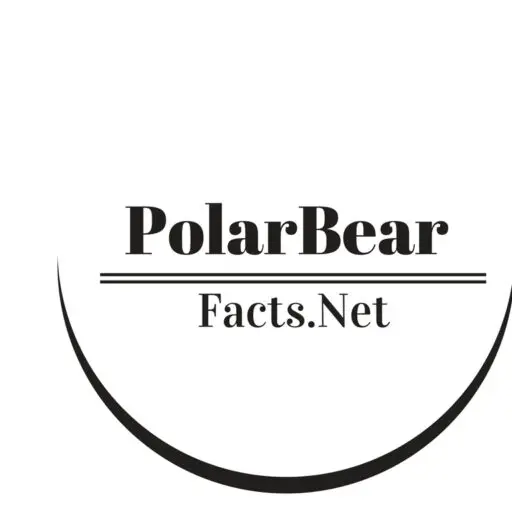The significant part of the polar bear’s digestive system is its stomach which is not only hollow but also muscular—capable of holding
MoreThe polar bear (Ursus maritimus) doesn’t seem to have any special anatomical adaptations despite the fact that it is the only bear
More

